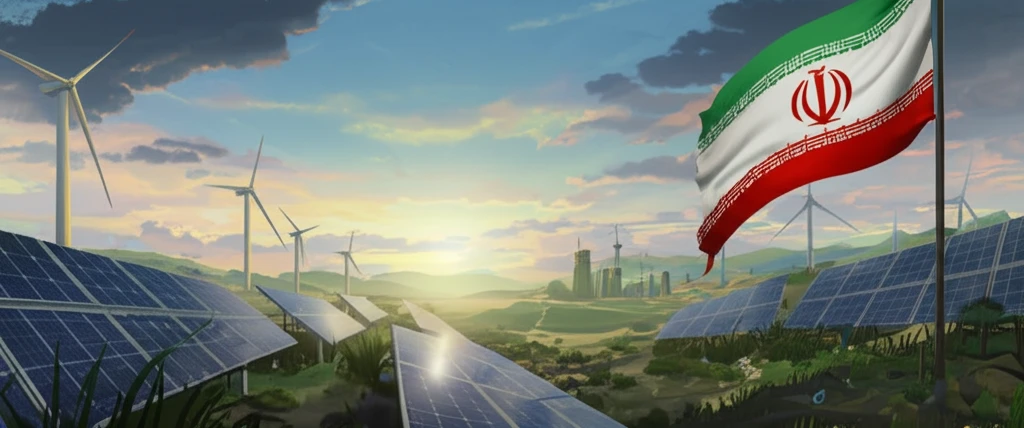
Powering the Future: A Deep Dive into Solar and Wind Energy Industries
"Explore the comparative analysis of the solar and wind energy sectors in Germany and Iran, revealing key insights for investors and policymakers."
The global energy landscape is rapidly shifting, with solar and wind power emerging as critical components of a sustainable future. As nations worldwide strive to reduce their carbon footprint and enhance energy security, understanding the dynamics of renewable energy industries becomes paramount. This article delves into a comparative analysis of the solar and wind energy sectors in Germany and Iran, shedding light on their unique structures, competitive environments, and innovation ecosystems.
Germany, a frontrunner in renewable energy adoption, boasts a well-established and technologically advanced sector. Iran, on the other hand, faces a unique set of challenges and opportunities shaped by its geopolitical landscape and energy resource endowments. By examining these two distinct cases, we aim to provide insights for investors, policymakers, and industry stakeholders interested in the renewable energy transition.
This analysis draws upon a multi-method approach, integrating established strategy tools such as Porter's Five Forces, the Diamond Model, the Triple Helix Model, and Sectoral Innovation System (SIS). This comprehensive framework allows us to dissect the competitive forces, assess national advantages, identify key institutional players, and evaluate the functions of innovation within each country's renewable energy landscape.
Decoding the Solar and Wind Energy Industries: A Comparative Overview

Let's explore a structured comparison of the solar and wind energy industries in Germany and Iran, focusing on key elements such as competitive dynamics, advantages, institutional players, and innovation functions.
- Dependence on imports for certain components, particularly solar panels.
- Grid infrastructure limitations, hindering the efficient integration of renewable energy sources.
- Regulatory complexities, creating barriers for small and medium-sized enterprises (SMEs).
Navigating the Future of Renewable Energy
The journey towards a sustainable energy future requires a multifaceted approach, combining technological innovation, supportive policies, and strategic investments. By learning from the experiences of countries like Germany and Iran, stakeholders can gain valuable insights into the challenges and opportunities that lie ahead. As the global energy landscape continues to evolve, embracing renewable energy solutions will be crucial for achieving a cleaner, more secure, and prosperous future for all.
